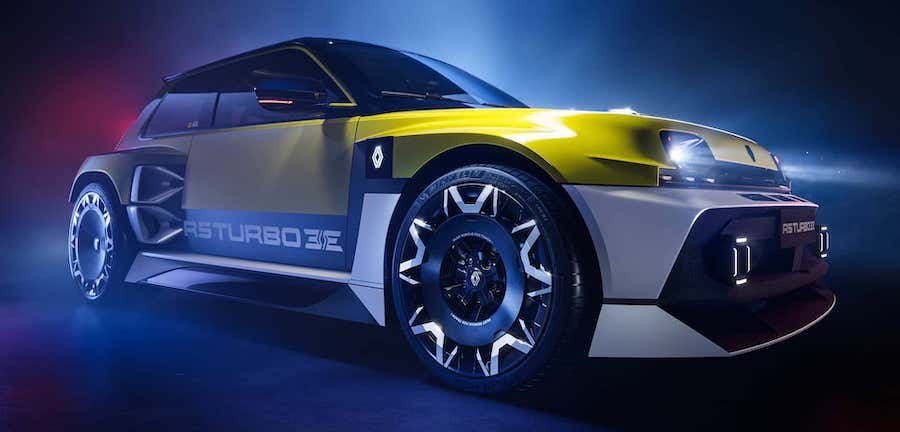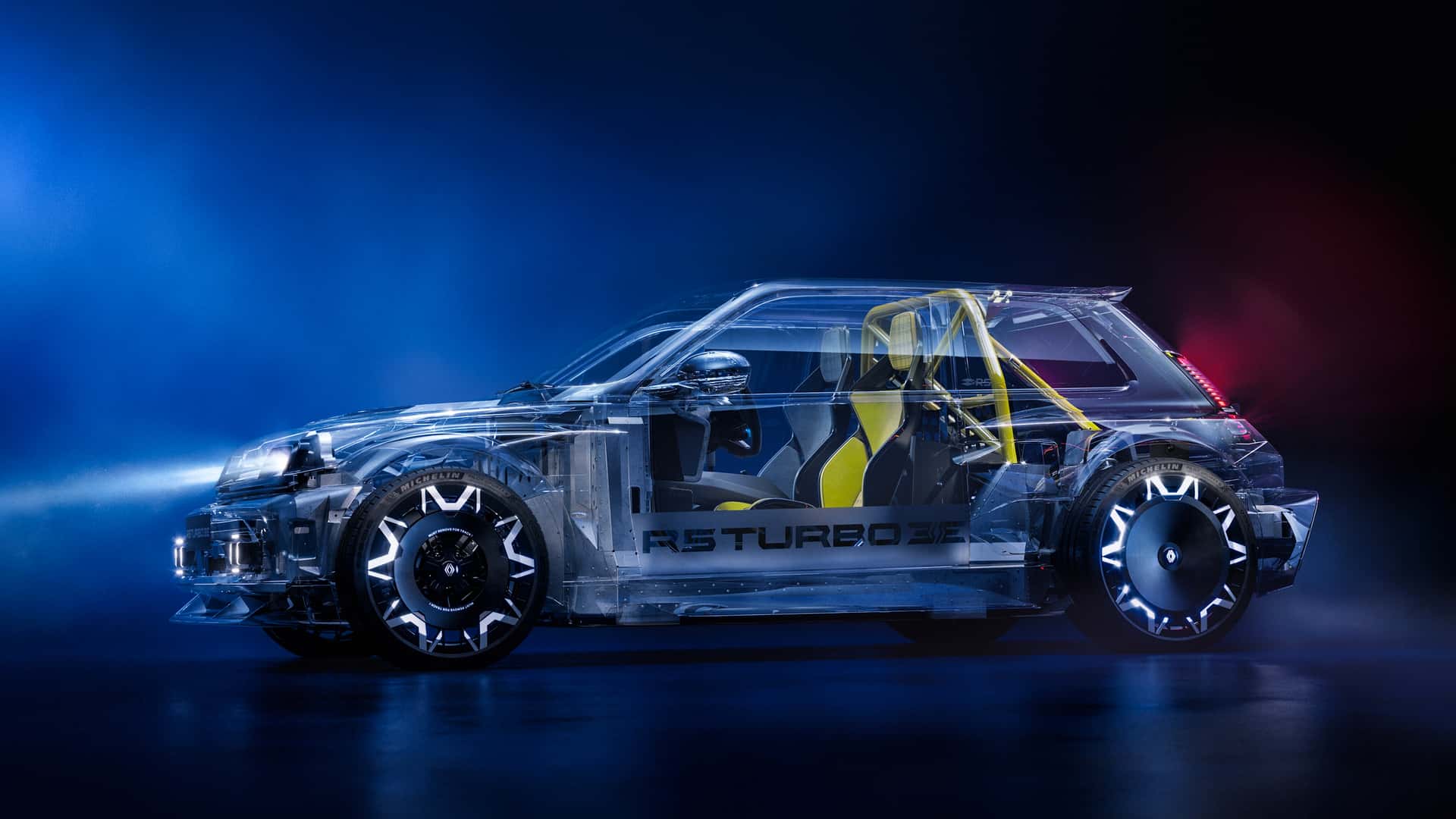Most Powerful Renault Ever Fully Unveiled as the World's First Mini-Supercar

Ok, maybe not a full-blown supercar, but a mini one. I know, you've probably never heard of a mini-supercar, because that's a segment Renault promises to invent with the 5 Turbo 3E, a lovable, tiny electric car that packs a lot more punch than you'd expect from it.
The car first broke cover at the end of last year as a "beast of a car built for rallying, drift and track performance" but adapted for use on the road. It is, by all accounts, the most powerful road vehicle the French carmaker has ever made.
The horsepower levels (we'll discuss that in a bit), although unprecedented in Renault's stables, are key, but not enough to earn the vehicle the title of supercar, be it mini or otherwise. That's why it’s important to have a look at the elements that prompted the French into making this bold claim.
It all starts with the design of the 5 Turbo 3E. Built on a new platform that boasts a rear-wheel drive architecture and a carbon superstructure, the car has the perfect length to width ratio to put it into supercar realm. That's a ratio of 2.01, resulting from a city-car length of 4.08 meters and a supercar width of 2.03 meters (13.3 and 6.6 feet, respectively).
Then, the hot hatch body of the car is gifted with all the elements one would expect to see on a supercar, including a large bumper, rear wing extensions, and splitters and intakes designed to optimize downforce and increase airflow.
It's the powertrain of the car that contributes the most to its supercar feel, though. In the case of this we're not talking about internal combustion engines with boosted performance, but batteries and motors that run on electricity.
The setup on the Renault 5 Turbo 3E is pretty simple: there's the 70 kWh battery installed under the floor to allow for luggage space, and motors installed on the two 20-inch wheels fitted at the back of the vehicle to make it rear-wheel drive.
The hardware, developed with help from Alpine, is impressive when it comes to what it can do. The battery, for instance, can hold enough electricity to keep the 5 going for as much as 249 miles (400 km) on a single charge. Once depleted, the battery can be filled back up to 80 percent in 15 minutes using DC fast charging at up to 350 kW, or to full in eight hours when plugged into an AC charger.
The two motors on the 5 are potent enough to deliver a combined 540 horsepower, something no other Renault has ever done before. That number is backed by torque levels we almost never get to see, 4,800 Nm.
The numbers above apply to a vehicle that tips the scales at just 3,197 pounds (1,450 kg), resulting in a supercar-like power-to-weight ratio of 2.7 kg/hp. Combined, these figures should translate into an acceleration time to 62 mph of 3.5 seconds – another thing, says Renault, that connects it to the supercar world – and a top speed of 168 mph (270 kph).
Despite being primarily intended for the road, the 5 will probably be used on the tracks as well, and that's why Renault installed bucket seats and six-point harnesses inside the thing. The two-door, two-seater vehicle comes with four driving modes, to be used depending on road conditions and driving style: Snow, Regular, Sport and Race.
Like it or not, this mini-supercar will come into this world, and it will do so in highly limited numbers. Renault will only make 1,980 units of it, a way of remembering the year when the original Renault 5 Turbo was launched, and they'll be available only in select markets.
Each of the 1,980 units of the Renault 5 Turbo 3E will be numbered, and customers will have the chance to choose their number. They'll also have a choice of different exterior colors, some of them designed to be reminiscent of the 5 Turbo and Turbo 2, the first Renaults ever to feature a turbocharged gasoline engine.
The price for the first vehicle in the new mini-supercar class was not disclosed. Renault said that reservations for the model will open over the coming weeks, so we'll probably get a hint of that later on.
If you do happen to be among the ones lucky enough to reserve one of these babies, don't get too excited. The French don't plan to deliver the first ones before 2027, meaning we're still a long way from being able to enjoy these electric babies in a more direct manner.






